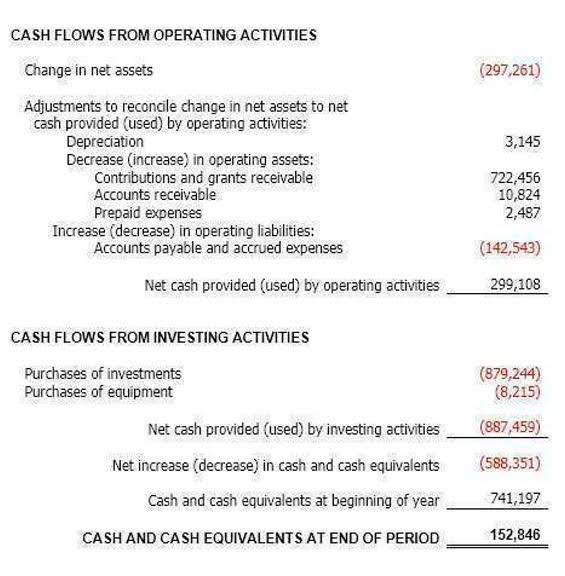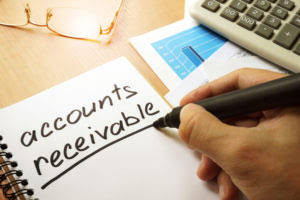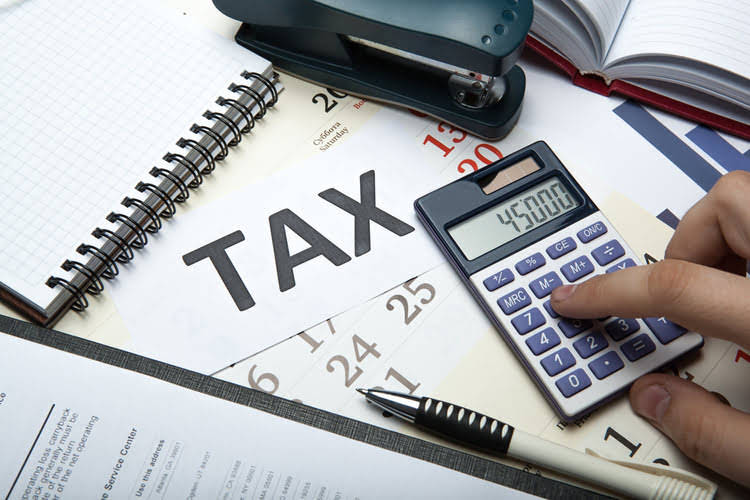
Financial statements are not giving an accurate portrayal of how the business direct write-off method is doing financially. For example, consider a company that extends credit to a new customer without a thorough credit check. The customer makes a large purchase, which is recorded as revenue, boosting the company’s sales figures. However, when the customer fails to pay, the company must write off the debt, causing a sudden and significant hit to its earnings.
- The company would debit Accounts Receivable for $5,000 and reverse the Bad Debt Expense by crediting it in the same amount.
- This method, which involves expensing accounts receivable that are considered uncollectible directly to the income statement, bypasses the allowance for doubtful accounts.
- The following chart shows how the direct write-off method would account for the uncollectible account.
- Bad debt refers to the amount of accounts receivable that a company considers uncollectible.
What Does Direct Write-Off Method?
Under this method, businesses wait until a specific account is deemed uncollectible before recording the bad debt expense. When this occurs, the company directly reduces the accounts receivable and recognizes the bad debt expense on the income statement. Net realizable value is the amount the company expects to collect from accounts receivable.

Disadvantages of the direct write-off method

Kristin is also the creator of Accounting In Focus, a website for students taking accounting courses. Since 2014, she has helped over one million students succeed in their accounting classes. Let us understand the direct write-off method journal entries with the help of a couple of examples. These examples shall give us a practical overview of the concept and its intricacies.
Discover more from Accounting Professor.org
- The Direct Write-Off Method is a simple way for a company to record accounts that can’t be paid back.
- The choice between these two methods depends on the company’s accounting policies, financial statements, and other factors specific to the company.
- The allowance method represents the accrual basis of accounting and is the accepted method to record uncollectible accounts for financial accounting purposes.
- Conversely, in periods without write-offs, profitability may appear overstated.
- Under this method, bad debt is recognized and written off only when it is determined to be uncollectible.
The aging method breaks down receivables based on the length of time each has been outstanding and applies a higher percentage to older debts. As in all journal entries, the first step is to https://www.bookstime.com/ figure out which accounts will be used. Because this is just another version of an allowance method, the accounts are Bad Debt Expense and Allowance for Doubtful Accounts. The contra-asset, Allowance for Doubtful Accounts, is proportional to the balance in the corresponding asset, Accounts Receivable. What effect does this have on the balances in each account and the net amount of accounts receivable?
Accounts Payable Solutions
- Once we have a specific account, we debit Allowance for Doubtful Accounts to remove the amount from that account.
- In order to accept the payment, the company must first restore the balance to the customer’s account.
- When it’s decided that a debt can’t be paid, it’s considered an expense and should be written down in the books.
- The direct write-off approach might be less complicated if you run a small business and don’t frequently deal with bad debt.
- As a direct write-off method example, imagine that a business submits an invoice for $500 to a client, but months have gone by and the client still hasn’t paid.
- Both the allowance method and the direct write-off method have their own attributes and implications for financial reporting.
While this may seem like a simplification of accounting practices, it can distort the true financial health of a company. The immediate recognition of bad debt expense can lead to erratic earnings reports, which in turn can mislead investors and analysts who rely on consistent financial statements to gauge performance. The direct write-off method, while straightforward in its approach to handling bad debts, often comes under scrutiny from regulatory bodies due to its potential to distort a company’s financial health. This method involves expensing accounts receivable that are deemed uncollectible directly to the income statement. It bypasses the allowance for doubtful accounts, which is a more conservative approach favored by regulators.


The percentage of sales method simply takes the total sales for the period and multiplies that number by a percentage. Once again, the percentage is an estimate based on the company’s previous ability to collect receivables. This also results in an understated profit for the year since this bad debt expense relates to sales made recording transactions in a preceding year and the matching principle of accounting is being violated. The direct write-off method is often used when tracking bad debts doesn’t need to be precise—just practical. Here are some of the most common situations where using this method makes sense.
The Direct Write-off Method and GAAP
Before ABC even writes off the bad debt, they would have created an ‘allowance for doubtful accounts’ account by predicting the accounts receivable they deem uncollectible. Suppose ABC predicts that out of $100,000 total accounts receivable, $20,000 is uncollectible. Let’s consider an example to understand how a business uses the direct write-off method to account for bad debts. Understanding the account’s financial impact will help you make better business decisions. Using the direct write-off method also violates the GAAP because of how it records things on the balance sheet.